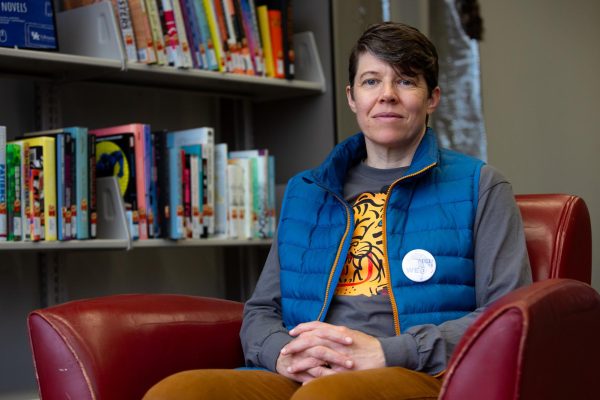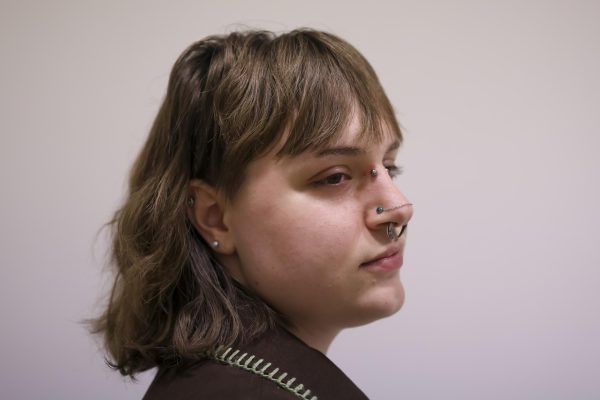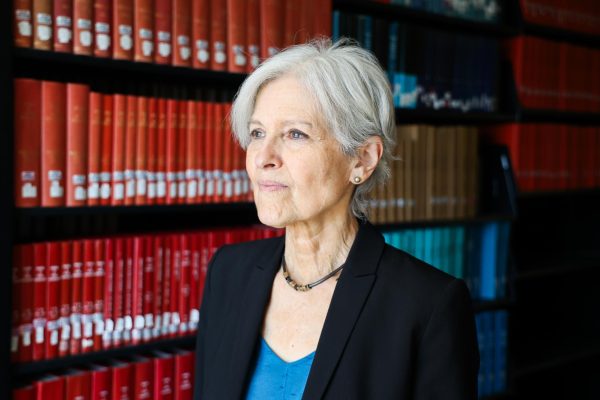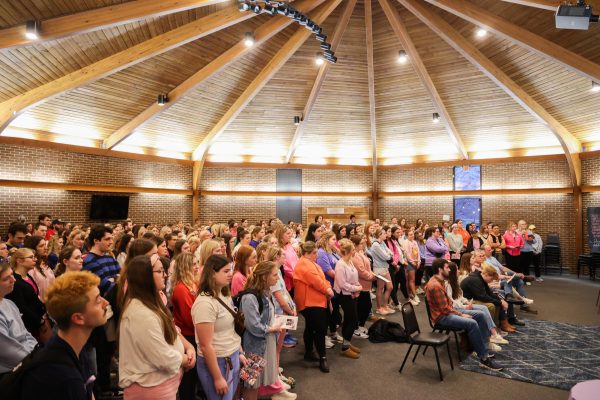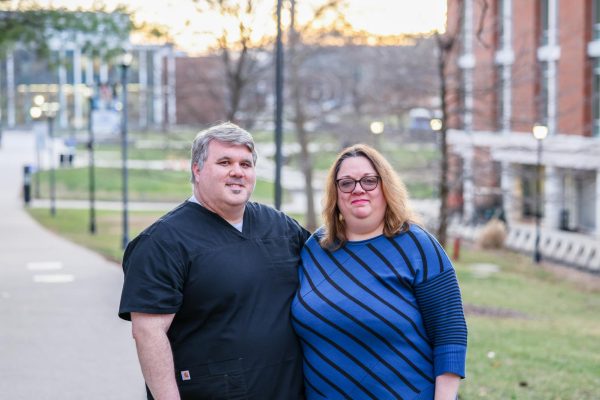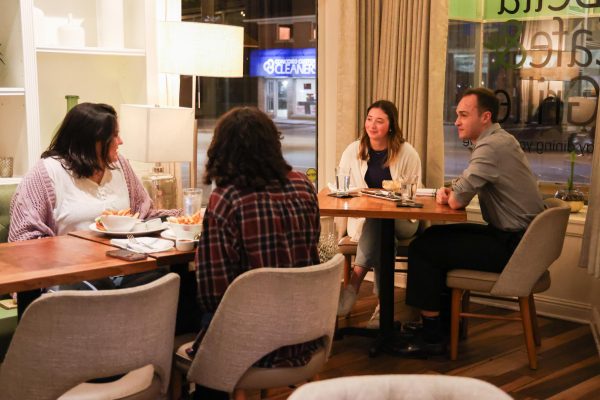‘Singularities’ combines creativity of arches with space
April 15, 2017
A new art show, ‘Singularities’ by associate professor Mike McKay of the College of Design, is on display at the UK Art Museum.
“Singularities” is the result of a few years of research dealing with perspective, amorphous space and illusion. It is the product of a technique McKay has been working on over the past few years. The goal is to create architectural space using those perspectives, resulting in a 3D form that the viewer can occupy.
McKay initially worked only with graphics, using reflective tape and taking photographs on his cellphone with the flash on. The work evolved into a larger, more spacial project tied with research McKay has done for the school.
“I wanted to affect how we experience space, or a space, and how we move through space dealing with form and color and light, changes of perception, change of perspective, and what type of arch could be really using those techniques,” McKay said.
McKay said the early sketches of Leonardo DaVinci inspired him, and other architects have applied DaVinci’s technique in cathedral construction.
McKay wanted to affect how we experience space and what type of architecture could utilize those techniques. He said he hopes viewers will see this piece as a special phenomenon, and not just as a sculpture or another piece of art.
“I think my background as an architect has allowed me to investigate this as a special phenomena. You can participate as a viewer, it’s not just something you look at,” McKay said. “There are moments of wonder and excitement that are caused solely by the system I invented based on previous modes of knowledge. This is something that’s unique but it’s built from the piece.”
McKay considers himself an artist and an architect.
“I hope they find some things out on their own about this piece, so when they understand the backstory of what this is there’s a sense of excitement,” McKay said. “If they have that kind of pure experience, moving in and around the piece, and then understand how the form was made and how the space was developed and how it was made, it can only add to their excitement. They find things themselves not just what’s in the text and what’s being told, but they see new forms and shapes and new experiences in the shape.”
The work is meant to be experienced. McKay said having one statement about this work is too big and too general. He said he hopes to invoke curiosity when people see the piece, and that they change the way they see space and the world. The show is on display until April 23 at the UK Art Museum.












































































































































